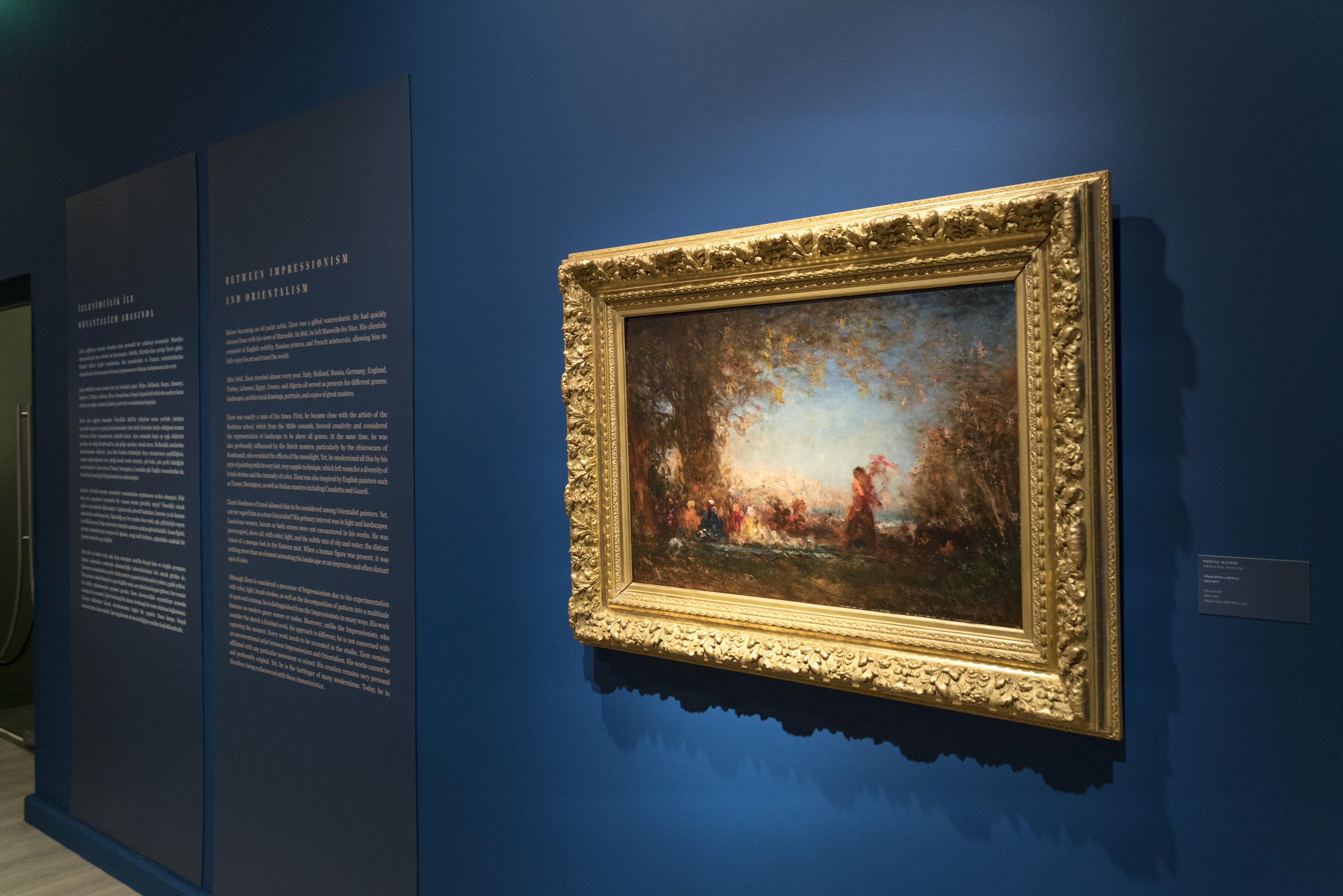The Chelsea Girls, 1966, 204’
16mm film, black and white, color, sound
Transferred from 16 mm to DVD
Collection of The Andy Warhol Museum, Pittsburgh
Contribution The Andy Warhol Foundation for the Visual Arts, Inc.
©2014 The Andy Warhol Museum, Pittsburgh, PA, a Museum of Carnegie Institute
All rights reserved.
One of the first "underground" films of the 1960's to achieve a degree of mainstream acceptance (it was an actual hit in New York City, was well-received in Los Angeles and San Francisco, and was banned in Chicago and Boston), Andy Warhol's The Chelsea Girls offered a long, unblinking look into the lives of Warhol's retinue of "superstars" as they showed off for the camera in their various rooms in the notorious Chelsea Hotel, long a favored New York hangout for writers, artists and bohemians. Brigid Berlin (“The Duchess”), Nico, Mario Montez, Ondine (“The Pope”), Ingrid Superstar, International Velvet, Rene Richard, Eric Emerson, Gerard Malanga, filmmaker Marie Menken, Ari Boulogne (Nico’s son) a gorgeous young Mary Woronov—who danced with the Velvet Underground as part of “The Exploding Plastic Inevitable”—and others are seen in the film’s three and a quarter-hour running time The film was presented as a split screen, running simultaneously on two projectors with alternating soundtracks. It was a mixture of B&W and color footage.
Trailer

Pera Museum presents an exhibition of French artist Félix Ziem, one of the most original landscape painters of the 19th century. The exhibition Wanderer on the Sea of Light presents Ziem as an artist who left his mark on 19th century painting and who is mostly known for his paintings of Istanbul and Venice, where the city and the sea are intertwined. Through the exhibition, we will be sharing detailed information about the artist and the artworks.
Tuesday - Saturday 10:00 - 19:00
Friday 10:00 - 22:00
Sunday 12:00 - 18:00
The museum is closed on Mondays.
On Wednesdays, the students can
visit the museum free of admission.
Full ticket: 300 TL
Discounted: 150 TL
Groups: 200 TL (minimum 10 people)